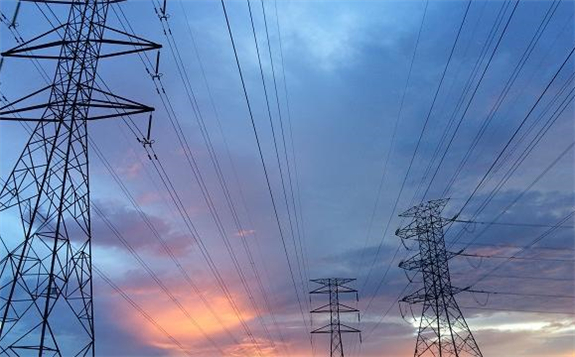The relaxation of lockdowns failed to drive power demand.

Although economic activities in India are gradually resuming, the electricity generation would take a while to return to the normal levels, according to GlobalData.
The country-wide lockdown during April and May resulted in electricity generation falling 23.1% and 16.2% YoY, respectively, though the drop has eased to 5% in June. However, the relaxation in the lockdowns proved to be futile as it could not increase the power demand.
Somik Das, senior power analyst at GlobalData, commented that the utilisation rates of coal-based power plants are economically modeled to be over 70%, but with the lockdown in place, the utilization rate was almost half of this in April.
“With the government identifying more than 30 plants to be non-performing assets, the under-utilization rate would mean further coal-based plants stand the likelihood of being delayed,” Das said.
With the decline in demand, the focus has also shifted away from coal-based generation. The plant load factor (PLF) of such plants have dropped by 16.4% YoY in March which was more than 30% in April.
The government plans to install 450GW power capacity by 2040, and renewable tariffs are more than 60% lower than the first-year tariffs set for proposed coal plants. More than 70% of the annual additions for 2020 are likely to be from renewable sources.
“Looking at the future trend, the government would need to phase out coal by 2040 to adhere to the Paris Agreement. This would mean that the percentage of coal in the total generation would need to reduce by 3-4% every year,” Das added.